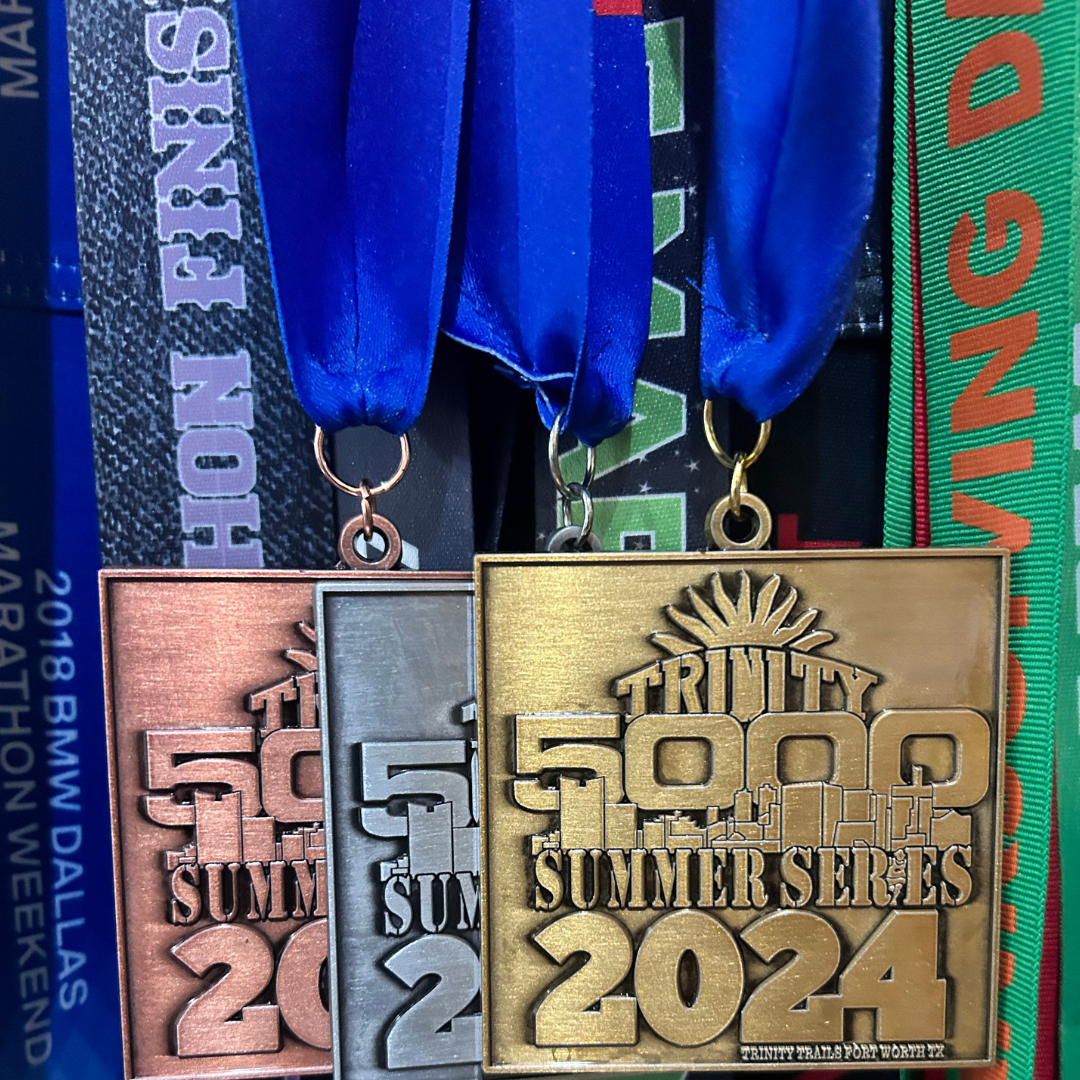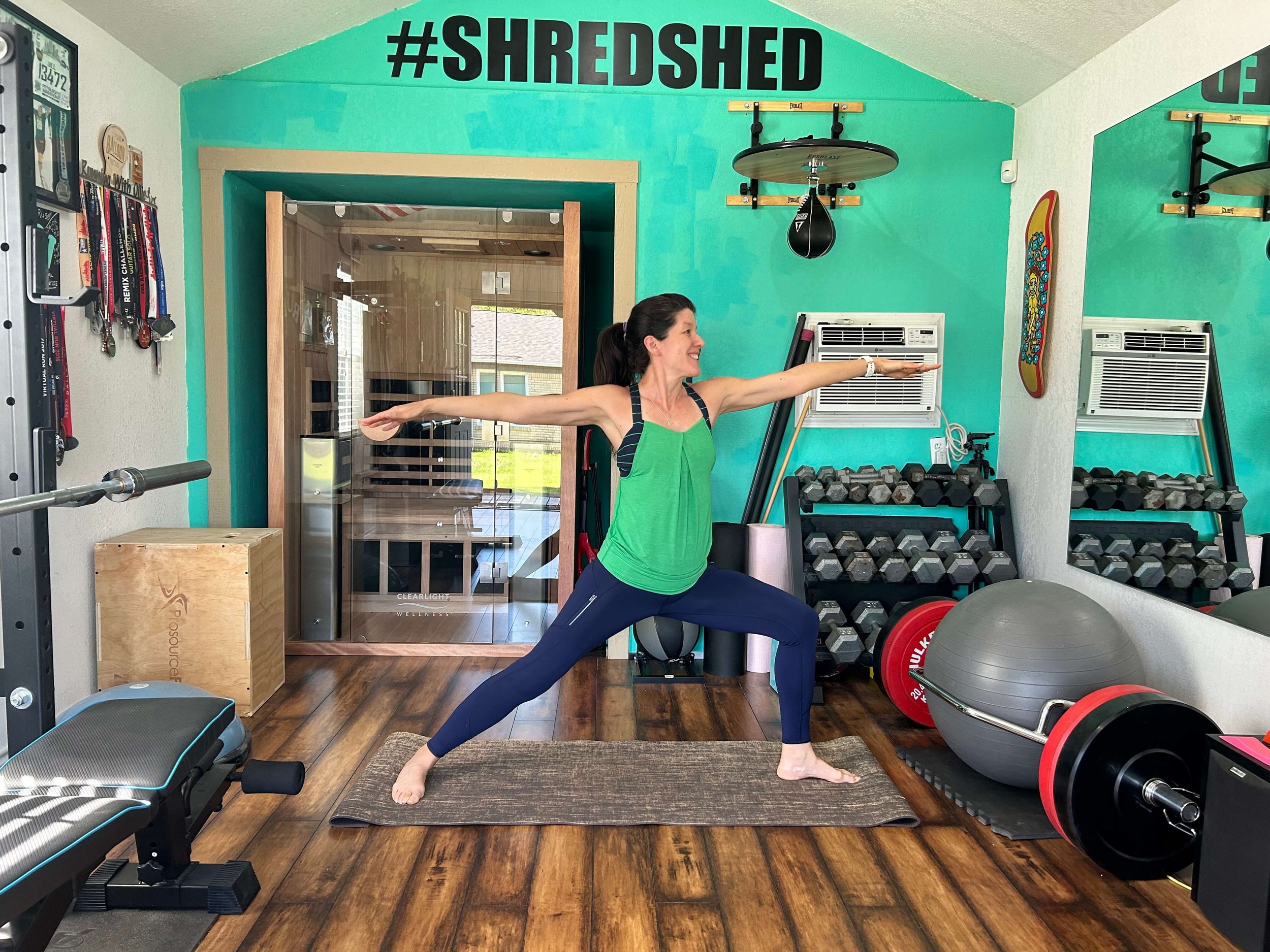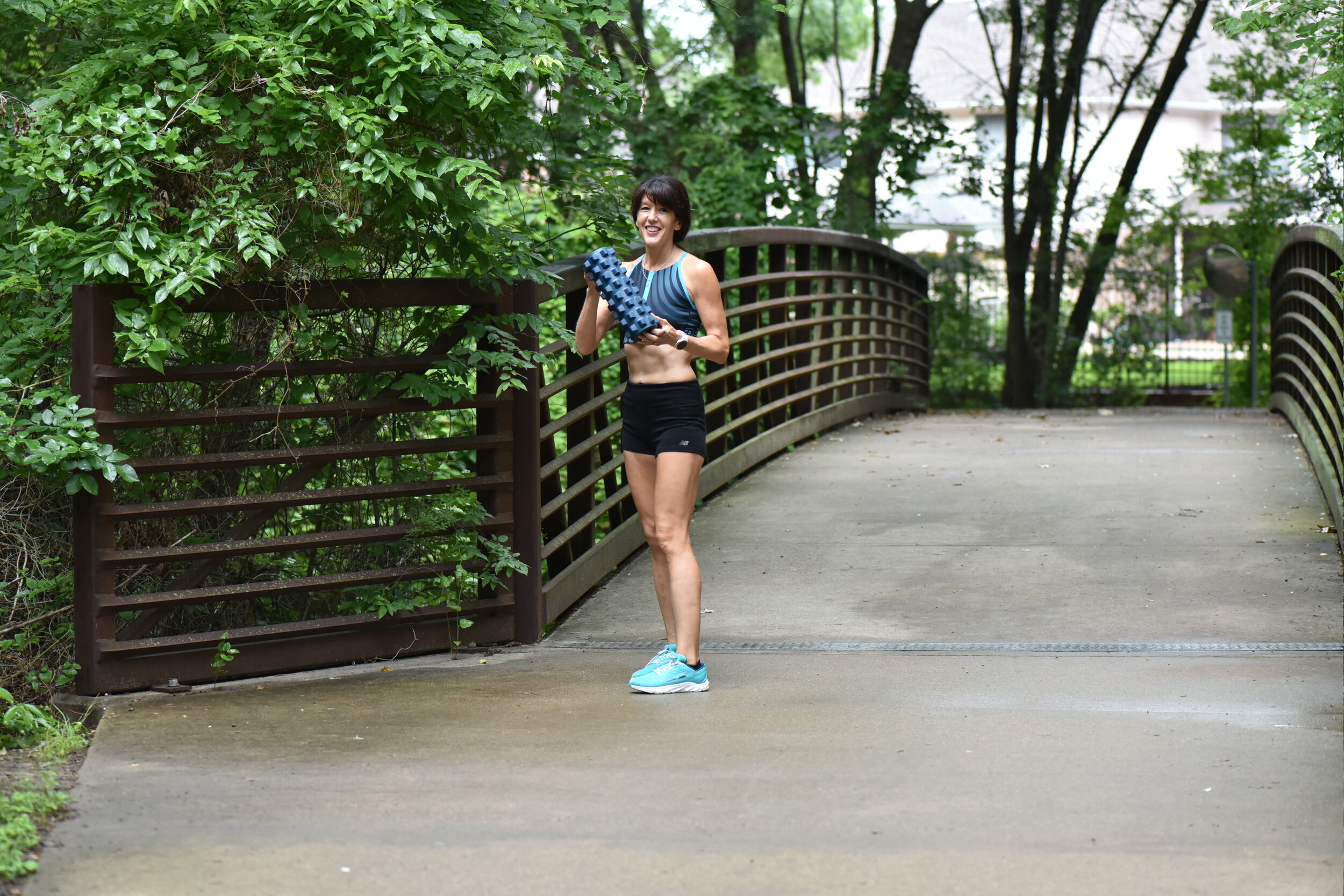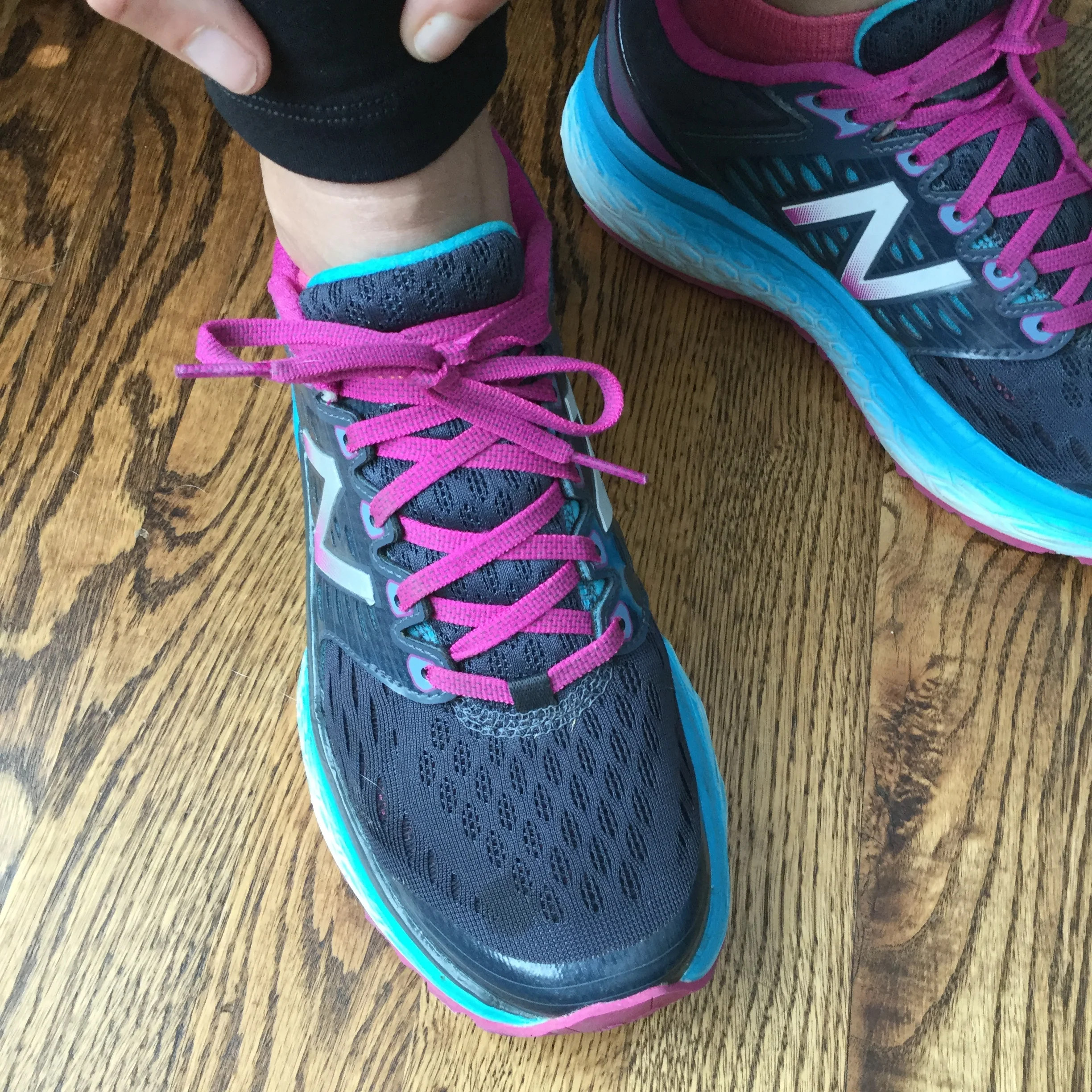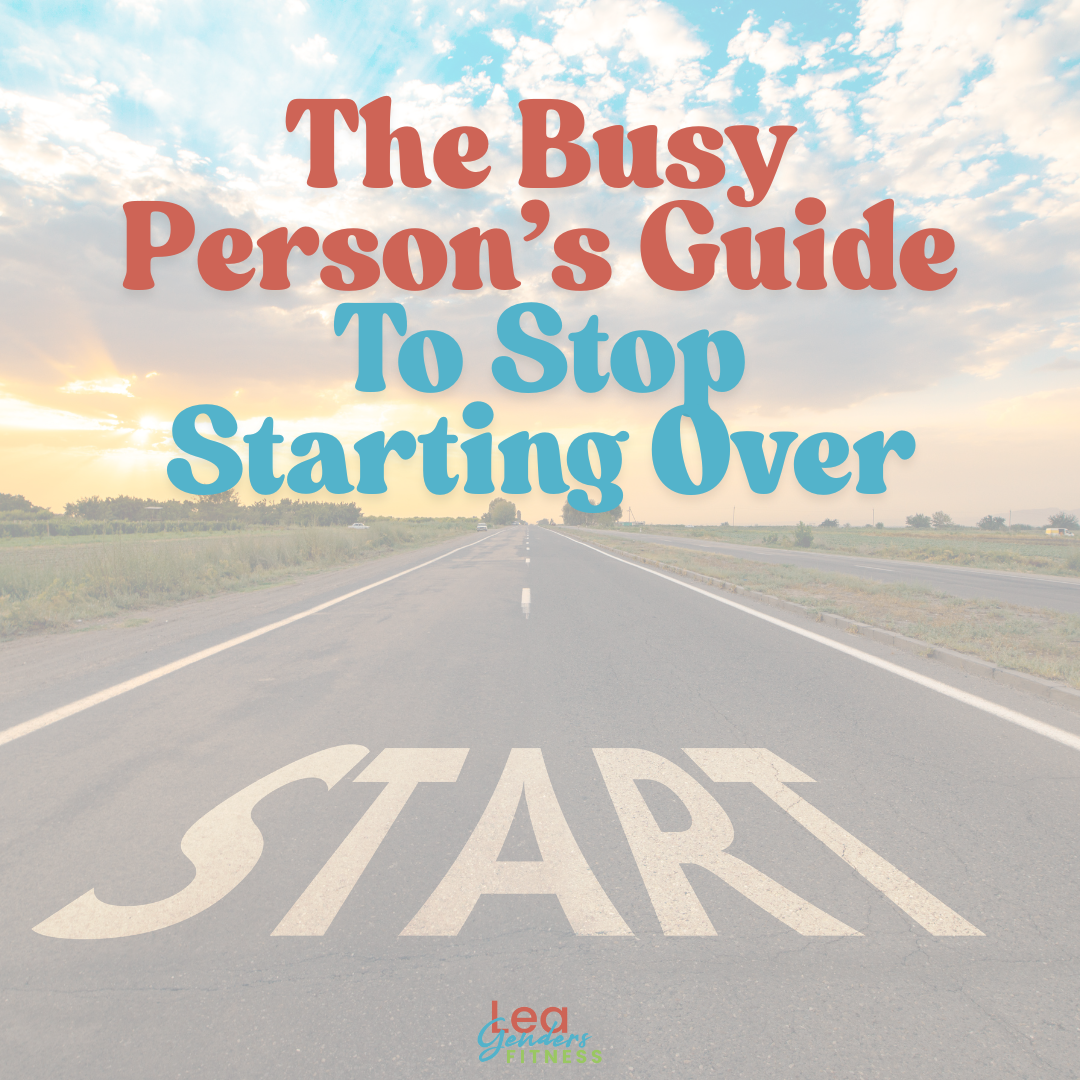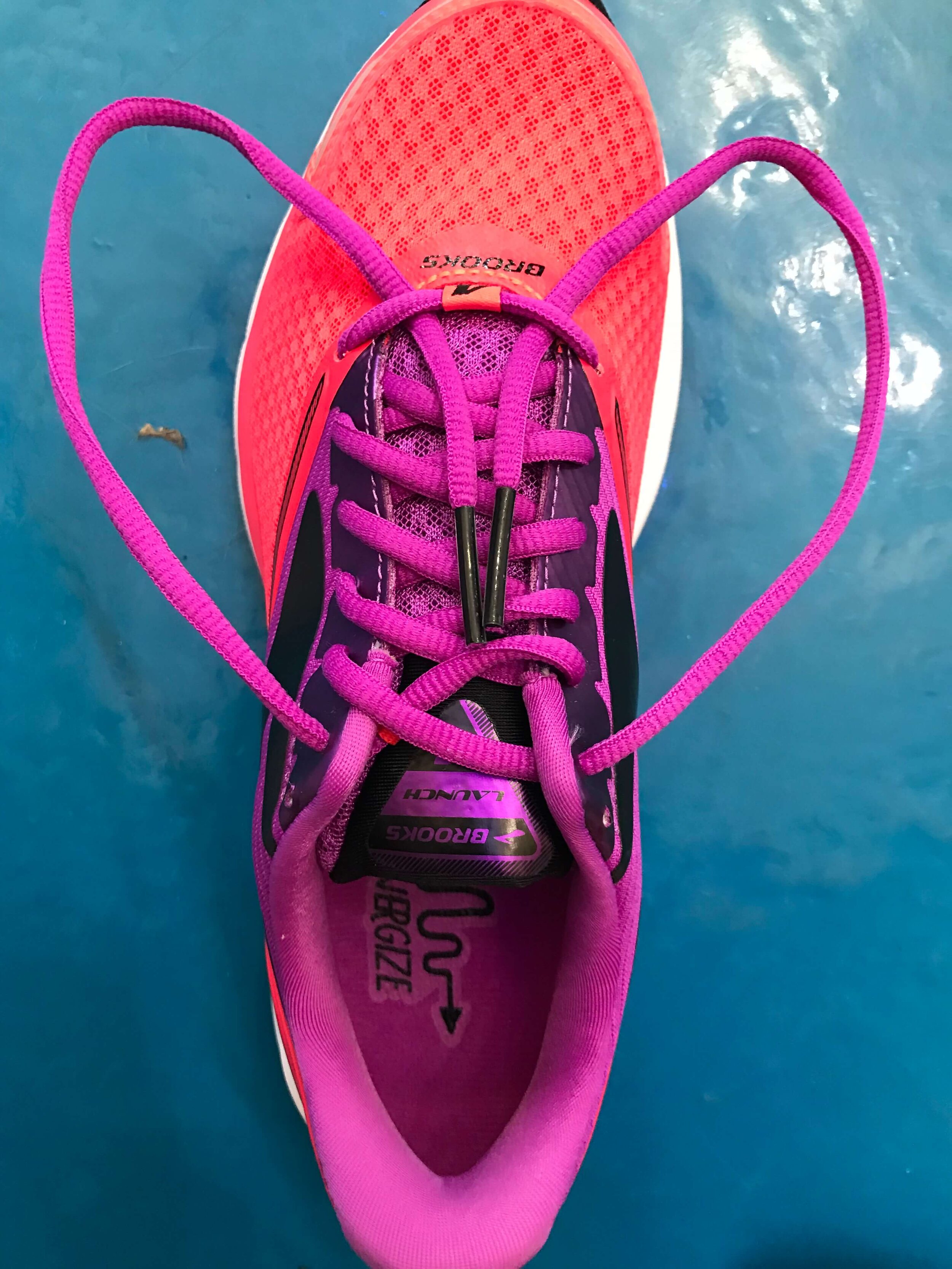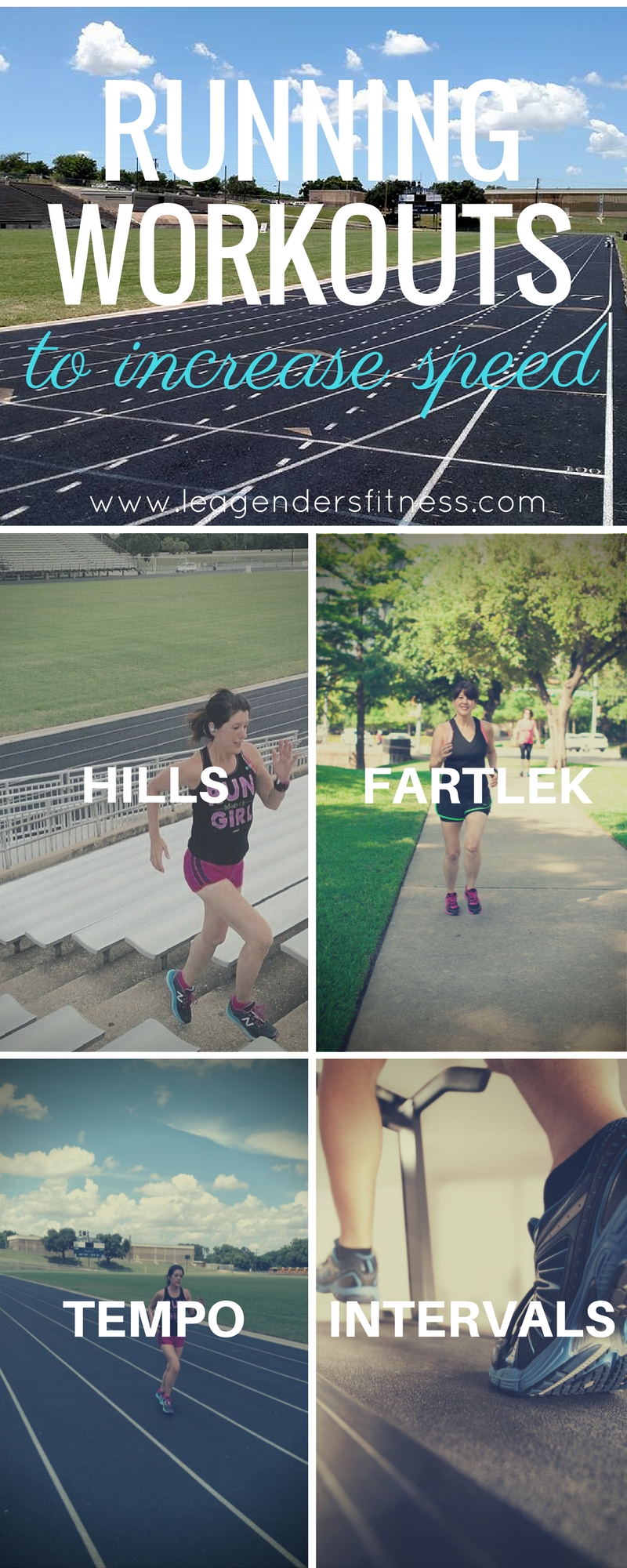To the people that know me best, I may seem grossly unqualified to share tips on how to get up early. As a teenager, I would often sleep through my blaring radio alarm clock...and smoke alarms. Getting up early was non-existent in my early life, it was quite a miracle if I managed to get up in time to make it to the school bus. To say that I’ve never been a morning person is the understatement of the year.
As I got older I had more responsibilities that hinged on me getting places on time, for example, my first real job. I would somehow manage to get up on time, but would never get up one second earlier than was required. I would hit hit snooze on the alarm for an hour and a half (that bad habit promptly ended once I got married) before finally rolling out of bed. I often would negotiate with myself for more sleep.
- If I don’t wash my hair today, I can sleep for an extra 30 minutes.
- If I skip breakfast, I can sleep for 15 more minutes
- Speed limit? What speed limit?
I’m just kidding about that last one.
So how did I, a self-proclaimed sleeping queen, transition from a night owl to a morning bird? I'll tell you what works for me, but before we get started let's discuss the potential benefits of early morning workouts.
The Benefits of Early Morning Workouts
When you workout first thing in the morning you have less of a chance that something will come up that takes priority. How many times have you had a workout planned for the evening but then something came up at work, with your kids or family and you had to miss it? That sort of thing rarely happens at 5am.
You start the day on a positive note. No matter how stressful your day may turn out to be, it is a great feeling to have that workout behind you. It is one less thing to think about during the day. Working out in the morning often leads to a better mood and clearer thinking throughout the day.
You free up time in the evening to tend to other responsibilities or enjoyable activities. I love to workout, but I love a lot of other things too. I like to have my evenings free to spend time with my husband or teach my exercise classes.
There's a certain feeling of peace in those early morning hours. My phone is not ringing, no one is demanding my time, the world is still asleep. I love the quiet time to myself.
It's important to note that there is no best time to workout. If you prefer evening workouts, if that is what works best for your preferences and schedule, then by all means, keep doing what you are doing! If you have established a workout habit, you are doing everything right. This post is for people who want to workout in the morning, but are struggling to wake up to do it.
There are plenty of acceptable reasons to sleep in: It is your rest day, you slept considerably less than 7 hours the night before, your baby spent the better part of the night decorating the walls with vomit. “I don’t feel like it,” is not a good reason.
To Get up or Not to Get up, That is NOT the Question
Stop thinking of getting up early as a choice. If you are anything like me, you probably have to work a day job. I haven’t found anyone yet willing to pay me a decent salary to write and run all day, so I will likely punch the proverbial time clock until my blog starts to make millions (read: for the rest of my adult life). There are many mornings when the alarm goes off and I think, “I don’t feel like going to work today.” But I do it anyway, because like most people, I have to. I don’t have a choice. My boss wouldn’t take too kindly with me staying home from work every time I didn’t feel like going into the office. In fact, I would probably never go to the office if I only based my decision on how I felt.
I go to work because I need the money. The job requires me to arrive at a certain hour. You can apply the same principle to getting up early to work out. Working out isn’t a choice. It is for your health. It is for your body. It is for your mental sanity. It’s for you.
Don’t Lose Sleep Over it
Shoot for 7-8 hours of sleep. If you are going to bed at midnight and getting up at 5am every day, you are not doing yourself any favors. Losing precious sleep to get up early to work out is counterproductive. The more rested you are, the easier it will be to get up early. One of the first things you need to do is get used to going to bed early at the exact same time every night.
Don’t Negotiate with the Enemy
You are probably your own worst enemy. Only you can talk yourself out of getting out of bed. Stop the negotiating. I have learned to turn my brain on autopilot. Don’t think about it, just do it. If you listen to your thoughts at 5am, you almost will always go back to bed. Sometimes I turn on my headphones to upbeat music shortly after waking to distract from my own self-sabotaging thoughts.
Be Prepared
I learned in the Girl Scouts many moons ago that Thin Mints are delicious and also to be prepared. Wait. Isn't that the Boy Scout's Motto? Regardless, the best way to ensure success in the mornings is to be prepared. If you are fighting dust bunnies under your bed in the dark, scrambling for your missing running shoe, all while trying unsuccessfully not to wake your spouse, you’re more likely to get frustrated and go back to bed.
To ensure that no brain power will be required in the wee hours of the morning, lay out your workout clothes the night before. I’ve even heard people say that they sleep in their workout clothes so that in the morning, they just have to slip on their shoes and they are out the door.
Plan your workout the night before. Know exactly what you want to accomplish. Write it down. Don’t rely on your 5am brain to think clearly enough to come up with a workout.
Waking up is Hard to Do
Isn’t that a song? Waking Up is Hard to Do? Oh no, that is breaking up. Well, getting up is hard too. Getting out of bed is often the hardest part. Once I’m up, I usually feel fine enough to keep going. Try setting the alarm clock in another room so that when it goes off, you have to get up and turn it off. You’re up, you might as well stay up. Don’t talk yourself out of it.
If You Snooze, You Lose
I was the snoozing queen until I got married. Turns out hubby didn’t really enjoy waking up every nine minutes for no apparent reason, who knew? That snooze button isn’t helping. You will never be more rested from nine more minutes of sleep. The interrupted sleep actually makes it worse. Just get up.
Love it or Leave it
I am willing to bet that most kids don’t have any trouble waking up super early on Christmas morning. They are genuinely excited about starting their day. I’m not suggesting that the gym is like Christmas morning to an 8 year old, I’m just saying that it is all perspective. If you are generally happy to get up and do something you enjoy, you are more likely to do it.
Do you dread the treadmill? Well, by no means should you drag yourself out of bed to run for an hour on the treadmill, especially not in the beginning while you are still adjusting. Find something that you genuinely enjoy to do while you are making the transition into an early bird.
Misery Loves Company
Getting up in the morning doesn’t have to be miserable, but if you are going to be miserable, it is better to do it with good company. I have found that having an early morning running partner got me up and going every time. It is not right, but we often feel more accountable to others than we do ourselves.
I'm lucky that my husband wants to run or workout early with me. He is the one hopping out of bed before the alarm and standing in the street waiting for me while I'm still tying my shoes. It really helps to have an accountability partner. I know he would be disappointed in me if I left him out there to run alone.
If you don’t have a friend crazy or motivated enough to want to get up before the sun to work out, try joining a morning spin class, boot camp, or run club. Other members and trainers will keep you accountable, plus nothing is more motivating than knowing that if you sleep in and miss a class you are flushing perfectly good money down the toilet.
Fake it ‘til You Make it
You hate the mornings? Keep telling yourself that and you it will always be hard for you. The trick is to lie to yourself. Tell yourself how much you love to work out in the morning. Get an index card and try writing down some positive thoughts, even if you don’t believe them at first.
- I love to get up early to work out.
- Morning workouts set the tone for my whole day.
- I totally rock!
- While most people are sleeping, I am making myself a better person, inside and out.
- I love the time to myself in the mornings.
- I can’t wait to get my workout started today.
- I will feel so amazing when I am done.
Put your index card by your alarm clock. When the alarm goes off, read your positive thoughts, even say them out loud. Since I can’t rely on my brain at 5am to remember anything positive, it helps to have them written down. Your mind believes what you tell it, so if you tell yourself you are tired, miserable, and you hate morning workouts, that will always be true for you. If you tell yourself repeatedly that you love morning workouts, you also eventually will believe it. It becomes true! So much of this is a mental battle. It may sound a little hokey, but it really works for me.
Tell me Lies (Tell Me Sweet Little Lies)
I tell myself a series of lies every morning to get myself out of bed and it works like a charm.
- The first lie is I tell myself I just have to get up, that's all I have to do. No workout. Just get up.
- Then once I'm up, I tell myself I only have to do my warm up and if I am really not feeling it, then I can quit when the warmup is done.
- After I warm up, I tell myself I can just do an abbreviated workout, maybe just 15-20 minutes.
99.9% of the time, once I am in my workout, I don't want to stop early. It works like a charm. I always get up and I hardly ever quit after the warmup. What about those off days, where you really do want to quit after 15 minutes? Don't be too hard on yourself, as these days are likely few and far between, and a 15 minute workout is still better than a zero minute workout.
Consistency is Key
Working at consistency is the single most important thing you can do to transition to morning workouts. At first it might be hard while you are adjusting, but you have to be consistent with your new habit. Make an effort to go to bed at the same time every night. Get up the same time each morning, even if you are not working out. Maybe Thursday is your rest day or you would normally sleep later on the weekends. Stay on schedule by getting up early anyway to get a head start on your day. You will be amazed at how much you can accomplish while everyone else is sleeping. You could spend the time to get caught up on personal bills, paperwork, a cleaning project, school assignment, or a blog post. Maybe you just want to spend some alone time reading, relaxing, or meditating before the kids get up. The idea is that you get used to getting up early, even when it is not to workout. The more routine it is, the easier it becomes. The goal is to establish morning workouts as part of your everyday routine.
Remember the 99% Rule
I can tell you that no matter how crappy I feel when I get out of bed, 99% of the time I feel better once I get going. 100% of the time, when it is over, I am glad I did it. That feeling you get after completing a morning workout is way better than the feeling you get from sleeping an extra hour.
Are you ready to do this? What time is your alarm set for tomorrow? What works for you? Do you have any tips to share?
Like this post? It helps me when you share!



